Armenia, a landlocked jewel in the South Caucasus region, boasts an extraordinary fusion of history, culture, and resilience.
This ancient nation, with its roots stretching back to the times when myths mingled with the annals of history, invites us to explore its most intriguing facets.
15. The City of Ani
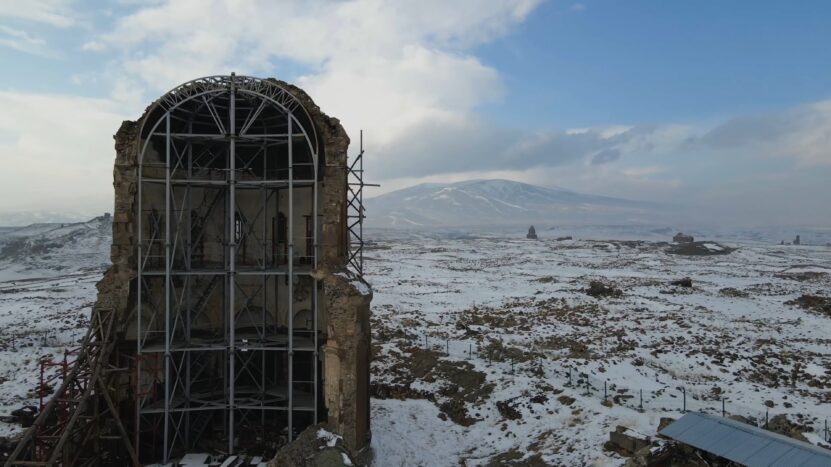
Once known as the “City of 1001 Churches,” Ani was the medieval capital of the Bagratid Armenian kingdom. Its ruins still stand in present-day eastern Turkey, near the Armenian border. Ani is a UNESCO World Heritage Site, recognized for its architectural innovations and its role as a Silk Road hub.
The city’s history reflects the cultural and economic zenith of Armenian civilization during the medieval period.
14. The World’s Oldest Winery
The discovery of the world’s oldest winery in the Areni-1 cave complex in 2011 was a revelation that pushed back the history of winemaking to over 6,000 years ago. This ancient winery contains fermentation vats, a wine press, storage jars, and even remnants of vines, seeds, and cups.
This archaeological find sheds light on the sophistication of early Armenian viticulture, suggesting that the region was a hub for wine production long before it was recognized as such. The winery is a point of national pride and a reflection of the deep-seated traditions of winemaking that continue in Armenia to this day.
The annual Areni Wine Festival celebrates this rich heritage, where winemakers from across Armenia gather to showcase their craft, offering tastings and celebrating the ancient roots of their vintner culture.
13. Mount Ararat Legend
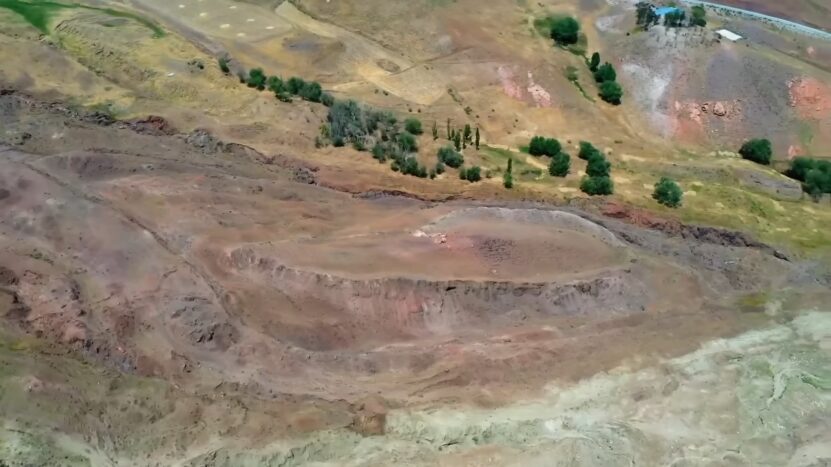
Mount Ararat, the towering peak that dominates the skyline of Armenia, is shrouded in legends and revered as a national symbol, despite its physical location in present-day Turkey.
The most enduring legend associated with Mount Ararat is its biblical connection as the resting place of Noah’s Ark after the Great Flood.
This tale is deeply ingrained in Armenian lore and Christian tradition, and it has made the mountain a symbol of salvation and rebirth.
For Armenians, Ararat represents the genesis of their post-diluvian ancestors and a poignant reminder of their ancient homeland, resonating through their history and literature as a mountain of great spiritual significance.
12. The Local Alphabet
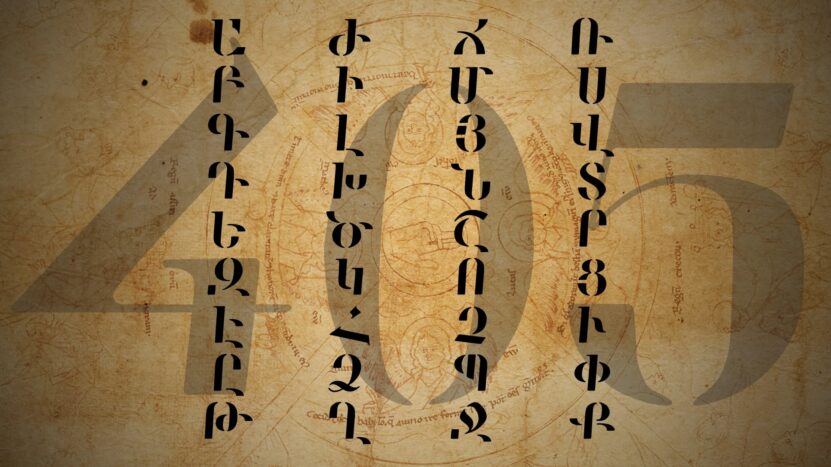
The Armenian alphabet, created by Mesrop Mashtots, is not just a set of letters but the keeper of a nation’s soul. It has played a critical role in the preservation of Armenian culture and identity.
- A Literacy Revolution: TFhe introduction of the alphabet was a cultural milestone that led to a surge in Armenian literature and learning.
- Preservation of Language: The alphabet has been pivotal in keeping the Armenian language and literature alive, especially during periods of foreign domination.
11. Local Stonehenge
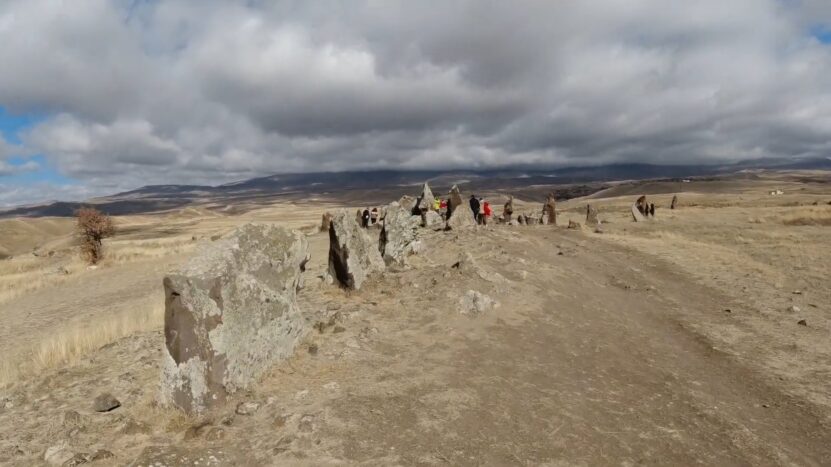
Zorats Karer, often referred to as the Armenian Stonehenge, remains one of Armenia’s most mysterious archaeological sites.
- Astronomical Precision: Theories suggest that this ancient complex served as an astronomical observatory, with stones aligned to track celestial movements.
- A Prehistoric Puzzle: Unlike its namesake in England, Zorats Karer’s exact purpose remains a subject of debate among historians and archaeologists, adding to its allure.
10. The Richness of Local Cuisine
Armenia’s cuisine is a tapestry of flavors that tells the story of the land’s geography, history, and the hands that have cultivated it. Culinary Staples:
- Lavash: This UNESCO-recognized flatbread is a staple in Armenian households.
- Dolma: Grape leaves stuffed with a mixture of meat and grains, embodying the resourcefulness of Armenian cooking.
- Khorovats: Armenian barbecue, a celebration of community and cuisine.
9. One-of-a-kind Brandy

Armenian brandy has a storied history that dates back to the 19th century when the first brandy factory was established in the capital of the country, Yerevan. Since then, Armenian brandy has become synonymous with quality and craftsmanship, earning a reputation as one of the finest spirits in the world.
The brandy’s distinct flavor profile is attributed to the unique climate and soil conditions of the Armenian highlands, as well as the use of local grape varieties and traditional aging methods. The cellars of Armenian brandy producers hold barrels that are decades old, each adding to the complexity and richness of the brandy.
The legendary status of Armenian brandy was cemented when it became a favorite of British Prime Minister Winston Churchill after being introduced to it by Joseph Stalin at the Yalta Conference in 1945. Today, Armenian brandy continues to be a symbol of national pride and a sought-after commodity for connoisseurs around the globe.
8. Armenian Festivals

Armenia’s festivals are a colorful explosion of joy and tradition, blending ancient customs with contemporary celebration.
- Vardavar: This festival has its roots in pagan times but has been adapted to the Christian calendar, known for its water-dousing festivities.
- Gutan: A celebration of animals and agriculture, Gutan is a testament to the deep connection Armenians have with their land and livestock.
7. Puppetry

Armenian puppetry, known as “Karagöz,” is a traditional performance art that has been part of the country’s cultural expression for centuries. This art form involves the use of handcrafted puppets to tell stories that are often humorous, satirical, or moralistic.
Puppetry performances are a beloved entertainment form in Armenia, often associated with holidays and festivals. They serve as a medium for storytelling, preserving folk tales and legends that have been passed down through generations.
The art of puppetry is celebrated at the Yerevan Puppet Theatre, which not only hosts performances but also works to educate the public and encourage the continuation of this unique aspect of Armenian culture. The theatre is a hub for artists and enthusiasts who seek to keep this traditional art form alive and relevant.
6. Carpet Weaving
The Armenian tradition of carpet weaving is a narrative woven in threads, each rug a canvas telling stories of the past and present.
- Symbolism in Weaving: Carpets often feature symbolic motifs that represent beliefs, stories, or wishes for protection and prosperity.
- Cultural Importance: Beyond their beauty, carpets are a testament to the skill and artistry of Armenian weavers and are integral to cultural and economic life.
5. The Melodies of the Duduk

The duduk, a woodwind instrument, is the haunting voice of Armenia’s past and present, echoing the nation’s soul through its melancholic tones.
- UNESCO Recognition: The duduk’s music is not just a national treasure but is recognized globally as a significant cultural heritage.
- Famous Duduk Musicians: Artists like Djivan Gasparyan have brought the sound of the duduk to the world stage, enchanting audiences with its deep, emotive melodies.
4. The Chess Grandmasters of Armenia

Chess is not just a game in Armenia; it’s a national obsession and a symbol of intellectual might.
- Educational Integration: Chess is taught in schools, reflecting its importance in Armenian society.
- Global Achievements: Armenian chess players have claimed victories on the world stage, bringing pride to their homeland.
3. Tigranes the Great
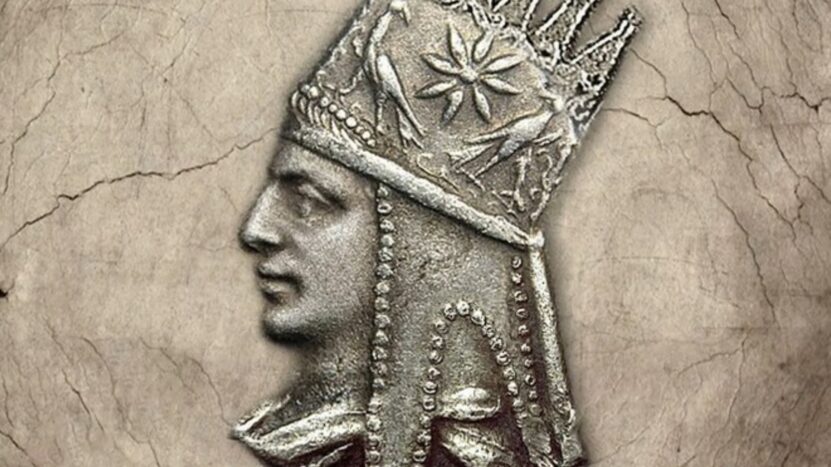
Tigranes the Great, who reigned from c. 95 to 55 BCE, is one of the most celebrated figures in Armenian history, renowned for presiding over the apex of ancient Armenian power and cultural development.
Under his rule, the Armenian Kingdom expanded exponentially, stretching from the Caspian Sea to the Mediterranean, earning him the title “King of Kings” as he presided over a realm that included several vassal states and diverse peoples.
His capital, Tigranocerta, became a cosmopolitan center of commerce and Hellenistic culture, attracting artists, craftsmen, and intellectuals from across the known world.
2. The Genocide
The Armenian Genocide remains one of the most poignant and painful chapters in Armenia’s history. Beginning in 1915, this tragic event saw the systematic extermination of 1.5 million Armenians by the Ottoman Empire.
The genocide has had a profound impact on the collective Armenian psyche, shaping the nation’s narrative and its diaspora’s identity. Each year on April 24th, Armenians around the world commemorate the lives lost during this dark period through memorials and educational events.
The Armenian Genocide has been recognized by numerous countries and international bodies, and it serves as a somber reminder of the need for vigilance against such atrocities. The Armenian people’s resilience in the face of this tragedy is a testament to their enduring strength and unity.
1. The Dawn of Christianity in Armenia
Armenia’s adoption of Christianity in 301 AD marked not only a pivotal religious transformation but also a cultural revolution. The nation’s Christian heritage is a cornerstone of its identity.
- St. Gregory the Illuminator’s Influence: The tale of St. Gregory and his role in converting King Tiridates III is a testament to the intertwining of faith and governance in Armenia’s history.
- Architectural Marvels: Armenia’s landscape is dotted with some of the earliest churches in Christendom, such as the Etchmiadzin Cathedral, bearing witness to the nation’s ancient Christian roots.
- Spiritual Legacy: The Christian faith has been a source of inspiration and endurance for the Armenian people throughout centuries of trials and triumphs.
FAQs
What are the main industries in Armenia?
The main industries in Armenia include diamond processing, metal-cutting machine tools, forging-pressing machines, electric motors, tires, knitted wear, hosiery, shoes, silk fabric, chemicals, trucks, instruments, microelectronics, jewelry manufacturing, software development, and food processing.
Has Armenia been part of other empires throughout history?
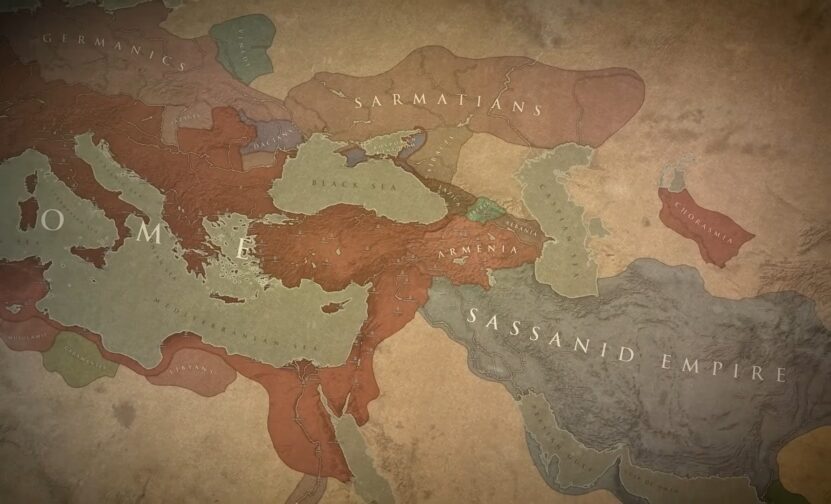
Yes, throughout its history, Armenia has been part of several empires, including the Roman, Byzantine, Persian, Ottoman, and Russian empires.
How old is Armenian civilization?
Armenian civilization is one of the oldest in the world, with a history that dates back thousands of years. The Kingdom of Urartu considered a precursor to the Armenian nation, was established in the region around the 9th century BCE.
What are khachkars?
Khachkars, or cross-stones, are a unique Armenian cultural phenomenon. They are intricately carved stone steles featuring a cross, often accompanied by other motifs, and serve as memorials or for other religious purposes.
A Wrap-Up
The tales and traditions of Armenia are as enduring as the rugged peaks of the Caucasus that frame its skyline. Each fact about this storied land is a thread in the fabric of a nation that has withstood the test of time.
As we uncover these captivating stories, we gain not just knowledge of a country but an appreciation for a culture that has contributed immeasurably to the richness of our world’s heritage.
If you want to learn more about Armenia, be sure to visit our site.

